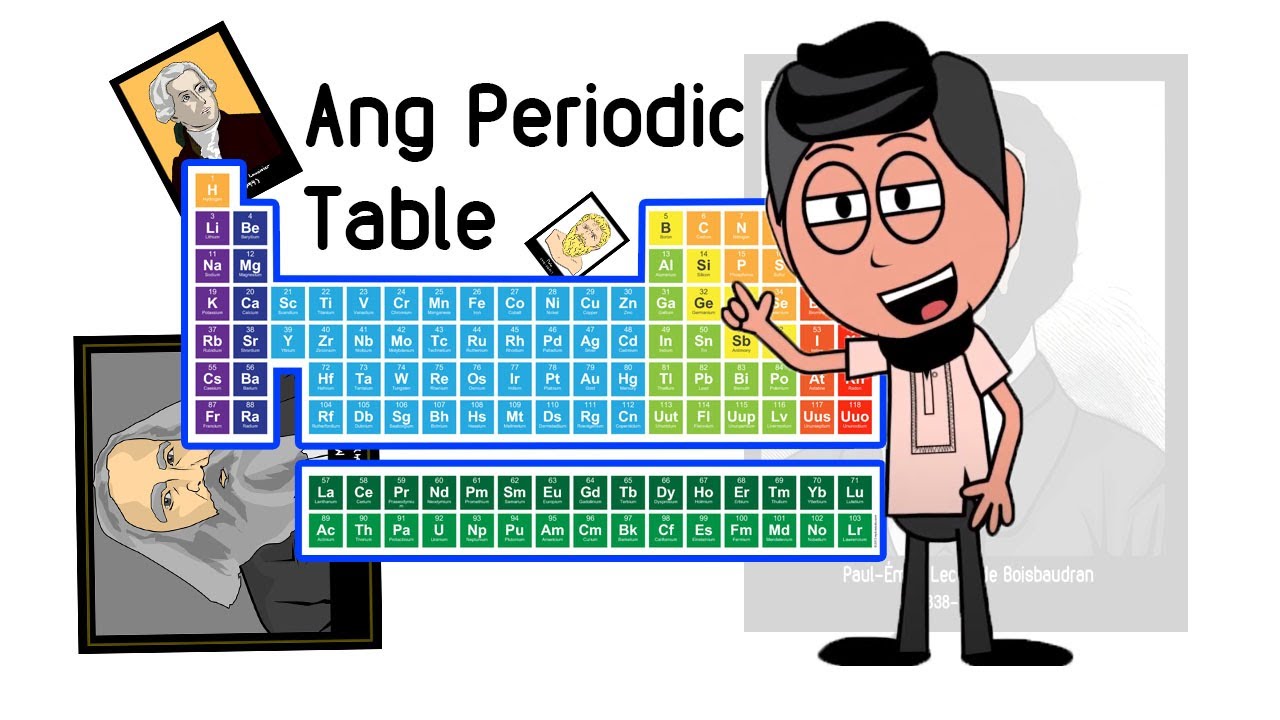Alkohole, wzory, nazwy i właściwości #1 [ Pochodne węglowodorów ]
Summary
TLDRThe script explores the contributions of Dmitri Mendeleev, creator of the periodic table, including his work with alcohol volume contraction. It delves into the chemistry of alcohols, starting with methanol and ethanol, explaining their molecular structures and properties. The video discusses the homologous series of alcohols, their solubility in water, and their neutral nature. It also highlights the toxicity of methanol and the wide applications of ethanol in medicine and as a solvent, concluding with the importance of understanding alcohols in various fields.
Takeaways
- 🔬 Dmitri Mendeleev, the creator of the periodic table, is also credited with other contributions, including explaining the volume reduction in alcohol due to the mixing of ethanol and water.
- 😅 A famous anecdote involves a Russian vodka factory manager accused of stealing alcohol, which was explained by the volume contraction discovered by Mendeleev.
- 🧪 When 50 liters of pure alcohol are mixed with 50 liters of water, the resulting mixture is not 100 liters but approximately 97 liters due to volume contraction.
- 💊 Salicyclic alcohol for disinfecting wounds, which is a 2% solution of salicylic acid in ethanol and water, can be found in every pharmacy.
- 🌡 Ethanol, also known as alcohol or ethanol, is commonly used as a solvent and is the simplest type of alcohol after methanol.
- 📚 The lesson will cover the production and properties of different types of alcohols, starting with methanol, which is the simplest alcohol with the formula CH3OH.
- 🔍 Ethanol (C2H5OH) differs from methanol by having two carbon atoms and is part of a homologous series of alcohols, similar to alkanes.
- 📝 The formula for the next alcohol in the series, propanol, is C3H7OH, and it can be derived by replacing a hydrogen atom in propane with an -OH group.
- 🌀 Simple alcohols are colorless liquids with a distinctive smell, but not all are safe for consumption, such as methanol, which is highly toxic.
- 💧 Both methanol and ethanol are highly soluble in water and are good solvents for many substances that do not dissolve in water.
- 🔥 Methanol and ethanol are flammable, with ethanol burning with a blue flame, and their combustion reactions can be written and balanced.
- 🏥 Ethanol has found wide applications in medicine, such as in iodine tincture and as a solvent for various drops, syrups, and perfume fragrances, while methanol is mainly used for technical applications due to its toxicity.
Q & A
What is one of the lesser-known contributions of Dmitri Mendeleev?
-Dmitri Mendeleev is also credited with explaining the reduction in volume of alcohol due to his discovery of the contraction of volume, which helped solve a case of alleged spirit theft at a Russian distillery.
Why is the mixture of 50 liters of pure alcohol and 50 liters of water not equal to 100 liters?
-When 50 liters of pure alcohol are mixed with 50 liters of water, the volume is not additive due to the contraction of volume, resulting in approximately 97 liters instead of 100.
What is the composition of salicylic alcohol used for disinfecting wounds?
-Salicylic alcohol is a 2% solution of salicylic acid in ethanol and water, used for disinfecting wounds.
What is the common name for ethanol used as a solvent in the script?
-Ethanol is commonly referred to as alcohol or ethanol in the script.
What is the simplest alcohol mentioned in the script?
-The simplest alcohol mentioned in the script is methanol, which has one carbon atom and the chemical formula CH3OH.
How does the molecular structure of ethanol differ from methanol?
-Ethanol differs from methanol by having two carbon atoms connected by a single bond and a hydroxyl (-OH) group replacing one hydrogen atom, with the semi-structural formula CH3-CH2-OH or C2H5OH.
What is the process of creating the next alcohol in the homologous series after ethanol?
-The next alcohol in the homologous series after ethanol is propanol, created by replacing one hydrogen atom in propane with a hydroxyl (-OH) group and naming it with the suffix -ol, resulting in the formula C3H7OH.
What are the characteristics of simpler alcohols like methanol and ethanol?
-Simpler alcohols are colorless liquids with a characteristic odor, soluble in water, and flammable.
Why is methanol considered highly toxic?
-Methanol is highly toxic because it can cause damage to the optic nerve and can be lethal in large doses.
How do alcohols like methanol and ethanol behave as solvents?
-Alcohols like methanol and ethanol are excellent solvents for many substances that are not soluble in water, and they do not change the color of pH indicators, indicating their neutrality.
What is the balanced chemical equation for the combustion of ethanol?
-The balanced chemical equation for the combustion of ethanol in the presence of oxygen is C2H5OH + 3O2 → 2CO2 + 3H2O.
Outlines

This section is available to paid users only. Please upgrade to access this part.
Upgrade NowMindmap

This section is available to paid users only. Please upgrade to access this part.
Upgrade NowKeywords

This section is available to paid users only. Please upgrade to access this part.
Upgrade NowHighlights

This section is available to paid users only. Please upgrade to access this part.
Upgrade NowTranscripts

This section is available to paid users only. Please upgrade to access this part.
Upgrade Now5.0 / 5 (0 votes)





